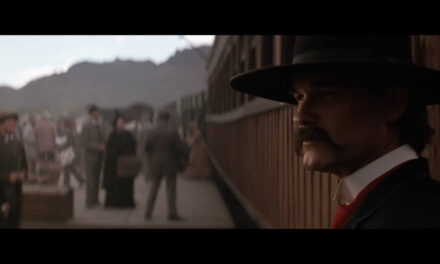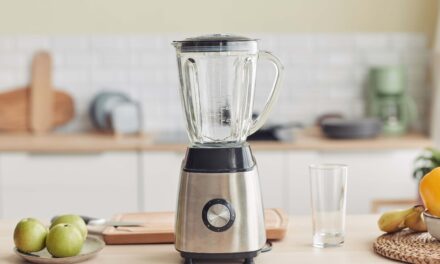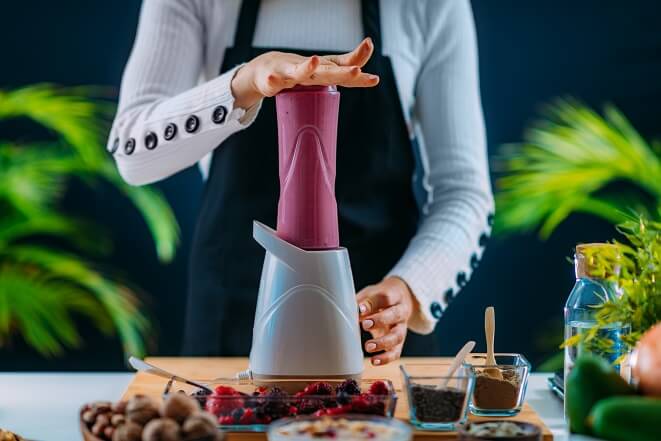It’s a kitchen gadget that few homes are without. It’s probably even one of your most used small appliances. But even with all this attention, few of us actually think about the story of how the blender came to be such an indispensable tool for nearly every household in the world.
Mixing things together and chopping by hand can only get you so far, and the results would not be ideal for some of the smoothies and foods that we have grown accustomed to. Besides, who wants to use all that energy when we can have the best results at the press of a button?
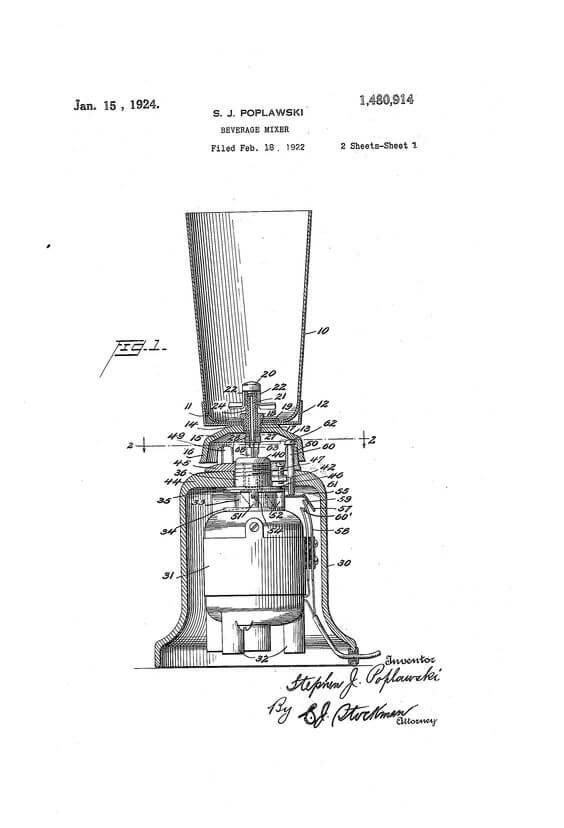
Thanks to good old Stephen Poplawski, we now have that luxury. In 1922, he thought “Hmm…I’ve got some electric motors here. What would happen if I put some blades on them and attached them to a glass container?”. So, he got to work.
The result was the first blender, and it quickly became popular in soda shops as it made particularly good milkshakes. It made a solid reputation for itself in this role, and it wasn’t long before it drew attention from another inventor named Fred Osius.
It was still largely unchanged from the initial design, and Osius was convinced he could improve it and broaden its uses. But he could only take it so far on his own. In 1933, he sought help from a popular musician named Fred Waring, who provided $25000 to finance his efforts to redesign the blender.
However, after six months the project seemed to be going nowhere. Waring was still sold on the idea, and decided to take on the project himself. He redesigned it yet again and called it the “Miracle Mixer”. Expensive at the time, it sold for $29.75.
A year later, Waring renamed his company as the Waring Corporation, and the device became the Waring Blender. He did all of his own marketing, and pitched it to hotels, restaurants, and eventually department stores. His efforts paid off, as his invention made good on his promise that it would “revolutionize American drinks”.
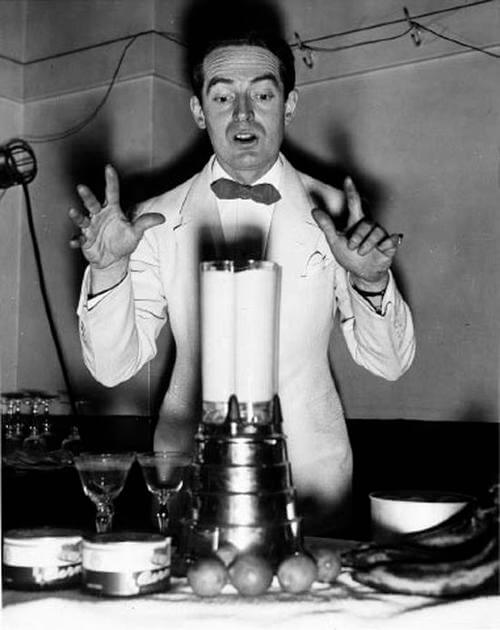
By the 1950’s, blenders had taken hold in many kitchens around the US. By then, housewives had exploited the blender to it’s true potential for food. Mass Marketed by Hamilton Beach, the appliance became affordable for most households. But the blender’s use didn’t stop there.
In 1955, Dr. Jonas Salk used the blender to accurate and evenly distribute dead polio viruses within a serum that was able to be injected. The use of blenders in medical and pharmaceutical laboratories continues, and are crucial in the manufacture of medications and the invention of new ones.
Today, the blender (or a variation of it) may go by many names. Smoothie makers, coffee grinders, and many other devices owe their existence to these humble beginnings. These appliances are often associated with healthy foods and those who take their physical fitness seriously.
Quite different from the original models, today’s blenders can have as many as 22 speeds, can be found made from glass, aluminum, plastic, and smart blenders can even be programmed with settings to make the perfect concoction.
So the next time you are in a hurry and “blend” something up quick, take a second to think about old Stephen Poplawski. If he hadn’t had the crazy idea to combine sharp blades and a spinning electrical motor, you might not be enjoying those liquified pleasures that have becomes such a staple in our modern diet.
If you enjoyed this content, please share! Leave a comment, we would love to hear what you have to say!


